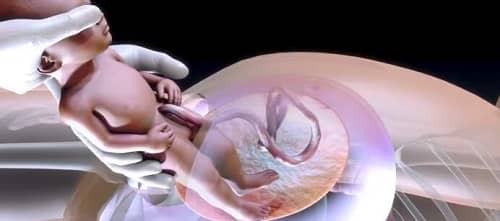Cesarean Section Overview
A cesarean section, commonly referred to as C-section, is a surgical procedure used to deliver a baby through incisions made in the mother’s abdomen and uterus. With advancements in medical technology, more mothers are opting for cesarean deliveries. Understanding the key aspects of this procedure can help expectant mothers better prepare for childbirth.

Table of Contents
1. What is a Cesarean Section?
A cesarean section is a surgical method of delivering a baby by making incisions in the mother’s abdomen and uterus. It is usually performed under local anesthesia, meaning the mother remains awake throughout the procedure. This method is typically used when vaginal delivery poses risks to the mother or baby.
2. Why Opt for a C-Section?
While not all mothers require a C-section, certain medical conditions and circumstances make this a safer option.
2.1 Breech or Abnormal Fetal Position
When the baby is in a breech or transverse position, a C-section may be necessary to avoid complications during vaginal delivery.
2.2 Multiple Pregnancies
For women expecting twins, triplets, or more, a C-section is often recommended as the safest delivery option, reducing the risks associated with vaginal birth.
2.3 Maternal Health Issues
Conditions like gestational diabetes, preeclampsia, or high blood pressure can make vaginal delivery more dangerous, making a C-section a better alternative.
2.4 Emergency Situations
In cases where the baby shows signs of distress or there are complications during labor, a C-section can be performed to ensure the safety of both mother and child.
3. Advantages and Challenges of a C-Section
Cesarean sections offer certain benefits in specific situations but also come with challenges.
3.1 Advantages
The primary advantage of a C-section is its ability to safely deliver the baby when complications arise, such as abnormal fetal positioning or emergencies. Additionally, the timing of the surgery is controlled, reducing the unpredictability of natural labor.
3.2 Challenges
As with any surgery, a C-section involves a longer recovery period than vaginal delivery. Mothers may experience discomfort in the weeks following the procedure and need to take extra care of the surgical wound to prevent infection.
4. Post-Operative Recovery Tips
Here are a few tips to help mothers recover after a cesarean section:
- Get Moving Early: Gentle movement soon after surgery helps improve circulation and reduces the risk of blood clots.
- Eat Nutritious Foods: Consuming protein-rich foods aids in healing and rebuilding tissues.
- Care for Your Incision: Keep the incision clean and dry, and follow your doctor’s instructions to minimize the risk of infection.
Conclusion
A cesarean section can be a lifesaving option for both mother and baby in certain circumstances. Although the recovery may take longer, proper post-operative care can help mothers regain strength and enjoy the arrival of their new baby safely.